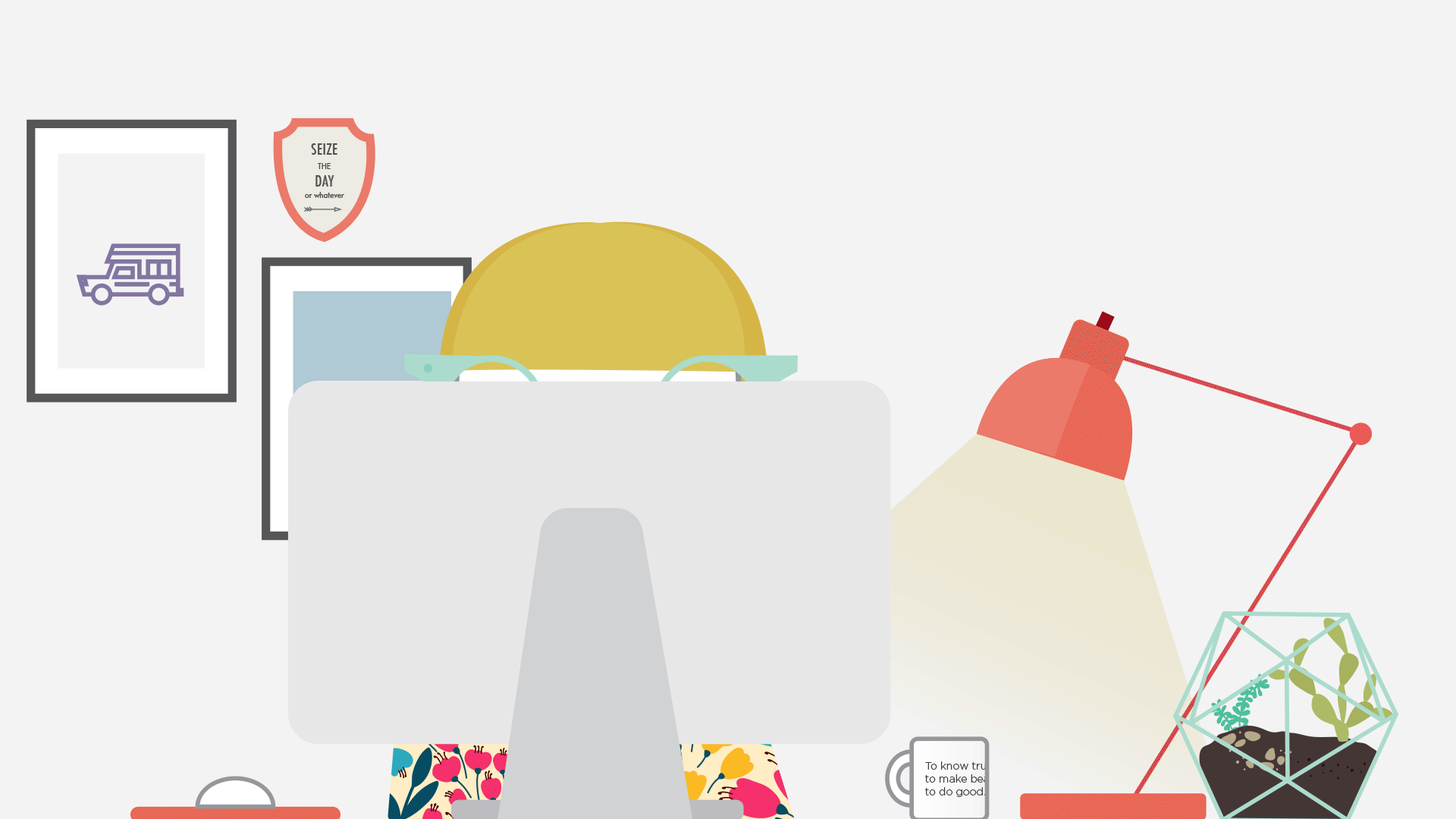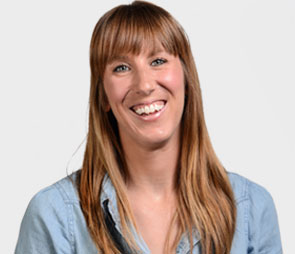Tips on Getting Your First Design Job
Applying for your first design job is hard work and just plain terrifying. I took a whole semester-long class just preparing and tweaking my resumé, portfolio and website to send out to companies. All in the hope that someday, maybe, just maybe I could possibly work at one of them.
Now that I’m on the other end of the never-ending stream of applications at [email protected], I have developed some tips for applying and interviewing for your first design job. Keep in mind that these are just from Atomicdust’s perspective, and every agency is different. But all of these seem to be foundational items for most agencies.
Applying
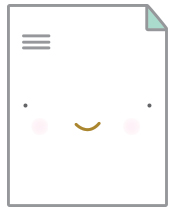 Keep it simple.
Keep it simple.
Your resumé is usually the first thing the employer sees. It’s your first opportunity to show your typography skills and taste level. Skip Microsoft Word templates and bubble letters, ensure the layout is simple and clean and that the information is clearly presented. Oh, and always send .pdfs over .docs (a.k.a the devil). Also, skip the cover letter, just write what you need to say in your email.
Show yo skillz.
The most important thing is your work! We usually skim over the resumé and email (if that) and go directly to the designs. Show your best self, show that you are talented and will be an asset to the team. If your work isn’t up to par, then it doesn’t matter how stacked your resumé is. In great work, we not only want to see great visuals, but we want to see concepts, strategy and thinking within the work.
 Send a link to your work.
Send a link to your work.
Access to your work is a must. There are so many free resources out there and sites like Behance and Cargo that make it so easy to showcase your work. Use them. How you present your work is equally as important as the work itself.
Remain in the real world.
Show work that’s sellable. Sure, you can sketch a beautiful nude figure in your Drawing IV class, but how is that going to help a business make money? Apply it to something. Work backwards. How can you make this into something sellable, like a poster or a brochure cover? Or do pro-bono work to show a solution in the real world, beyond the constraints of the classroom.
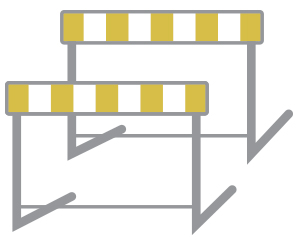 Erase all hurdles.
Erase all hurdles.
Don’t make the company work to see your stuff. Don’t send an online portfolio that needs logins to access, or emails asking if it’s okay to send the portfolio. These questions will go unanswered and links will get abandoned. It’s not you, it’s us.
Be somewhat stalker-ish.
Follow companies on Twitter, Instagram and Facebook. A comment here and there shows you’re interested and engaged. It’s an easy way to get a pulse on their culture and make sure it’s where you want to be. Ultimately, it’s a two-way street. Know where you’re applying, what makes them different and why they’re a good fit for you.
 Web. Web. Web.
Web. Web. Web.
A few years ago, you could get away with not touching web design, but today it’s a must. Be familiar with common practices and what makes a website successful. For us, designers don’t need to code, but a knowledge of capabilities, best practices and experience in working layouts is key.
Do not disturb.
Don’t call to make sure we got your resumé. Maybe it’s just a pet peeve of mine, or maybe I just trust email. But either way, you want to avoid this awkward phone call:
“Hey, I’m Katie, I sent my resumé in, did you receive it?”
“Yes…”
“…”
 Employers get a handful of resumés each day from applicants across a broad range of backgrounds and experience levels. Here’s a secret: at one time, all of them were just as scared as you are to hit the submit button. So when you’re applying, relax, take your time and use this opportunity to put your best foot forward.
Employers get a handful of resumés each day from applicants across a broad range of backgrounds and experience levels. Here’s a secret: at one time, all of them were just as scared as you are to hit the submit button. So when you’re applying, relax, take your time and use this opportunity to put your best foot forward.
Interviewing
Don’t come in cold.
Be prepared. Know the company, be familiar with the work they’ve done and be ready for the “Why our agency?” question. We like to be a little flattered. Ask questions, be engaged, create more of a dialogue.
 Take comfort in the uncomfortable.
Take comfort in the uncomfortable.
Be prepared to talk about your work. Find a balance between going into every detail vs. nervously flipping quickly through your portfolio. What was the big idea of the project? What was the goal? How did you solve a problem?
Be interesting.
Show passion. Know who Stefan Sagmeister is, know who the cussing Aaron Draplin is, just know something interesting outside of your school work. Make your own LOST trailers? Have a blog about mid-century interior design? Talk about it, show it! We commonly ask what you like to do in your free time. Don’t be afraid to talk about a hobby or an interesting part of your life – even if it isn’t directly related to the job. We are looking for passionate people because that’s who we want to work with.
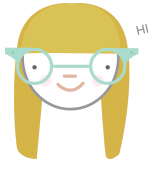
Be yourself.
Most of the time the interview is about character and personality, not about work and skills. Your portfolio and talent got you the interview, now make your personality shine. Relax. We’re rooting for you.
Looking for a design internship in St. Louis? Check out InternSTL.com.
Stay up to date on the latest marketing insights from Atomicdust.
Sign up for our newsletter and we’ll send you weekly marketing tips from our team, as well as the latest news and events from Atomicdust.
